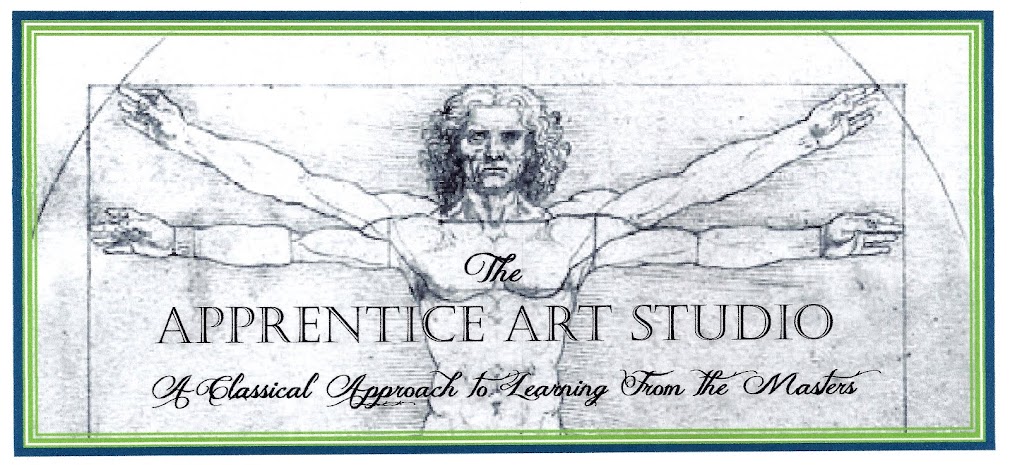Eiffel Tower 1889
As we move into our next Art Element of study Color, I am excited for my students to study and interesting artist Seurat. He developed a painting technique called Pointillism. Using dots of colors to fool the eye into thinking it is a mixture of another color. It still exists today in how comics are colored, and anything that has pixelated color, computers, cell phones, etc. these things build on this artistic way of mixing color.
Georges Seurat
For example: dots of blue and red together trick the eye into thinking it is purple if you are far away from it. Here is what I mean, look at the picture below I took at the Metropolitan Museum of Art in New York. This is Sunday Afternoon on the Island of La Grande Jatte, the bottom picture is a close up of the lower right hand corner of the painting.
Sunday Afternoon on the Island of La Grande Jatte
detail of Sunday Afternoon on the Island of La Grande Jatte
As you can see from far away your eye is tricked into thinking it is another color when really it is several hues used to make one. Interesting, don't you think?
Please link to the following YouTube to see a 3 min. video all about Seurat and his artwork. Then go to this video to see a time laps self-portrait done in pointillism- this is super cool!




